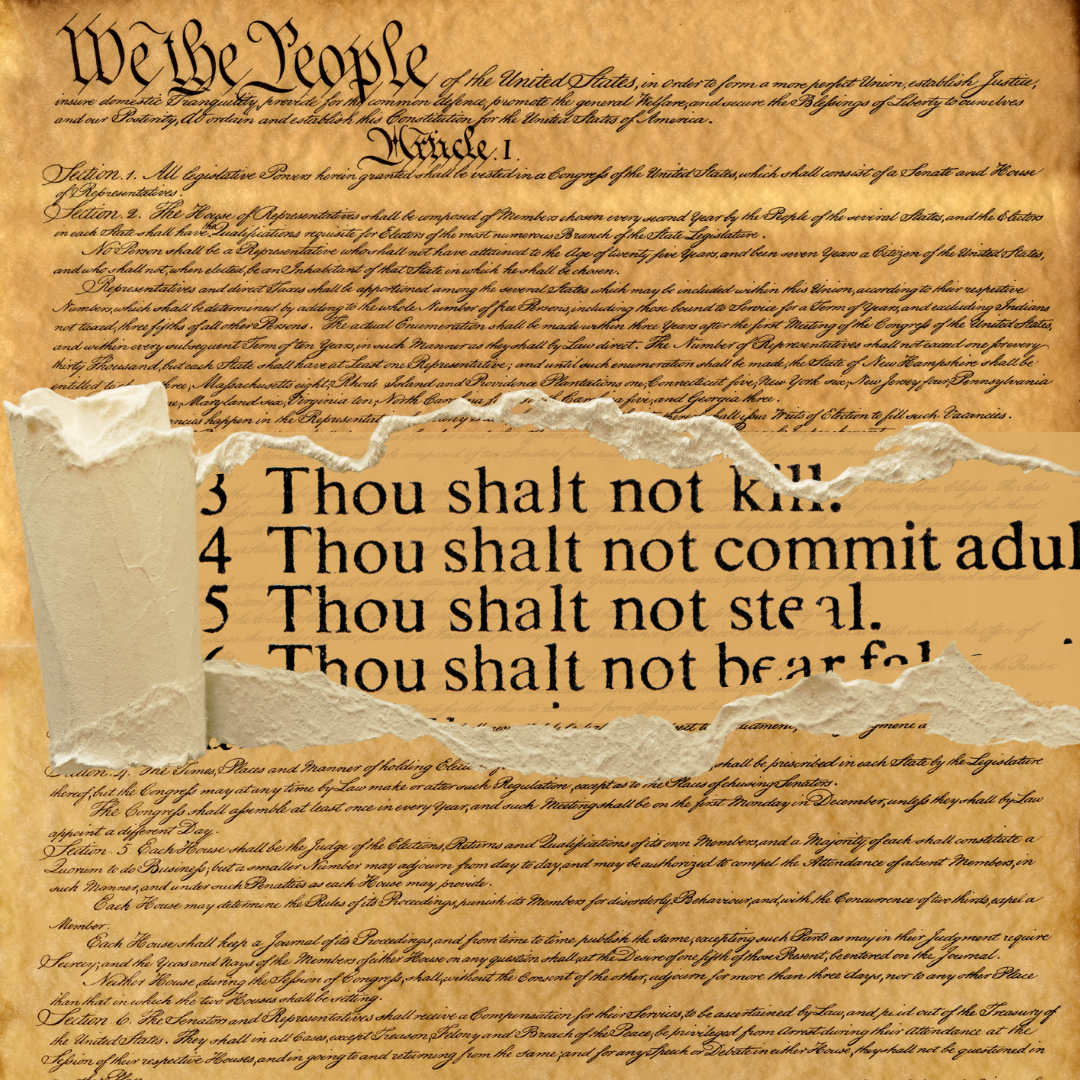Breast cancer awareness month is not a holiday
Growing up, I always looked forward to the month of October because it was synonymous with my two favorite things: dressing up and eating candy. I never thought much about the real meaning behind Halloween until I got older.
Apparently, the holiday dates back to an ancient celebration of the dead returning to Earth. I’ll never forget that uncomfortable knot in my stomach when I was nine and found out that my favorite time of year was just a sugar-coated version of something scary and unfamiliar.
The way I look at Breast Cancer Awareness Month is no different.
It’s hard to remember a time in my life where pink ribbons weren’t advertised alongside and with as much frequency as pumpkin spice lattes at the start of every October. The bandwagon mentality that comes with wearing pink for the sake of a charitable cause feels misguided when you realize that the money you donate goes towards research for treatments that actually make people feel sicker before they get better.
There’s nothing wrong with contributing to a cause that raises money for sick people. I’m guilty of thinking that my annual act of being a Good Samaritan started and ended with buying a cookie from a bake sale or joining a 5K race, but that all changed once breast cancer awareness wasn’t limited to one month for me— it’s now 365 days a year.
I speak so candidly about this because exactly one year ago, my mom was diagnosed with breast cancer.
The moment I first learned of my mom’s diagnosis, I felt that the way breast cancer awareness month promoted “awareness” via pink ribbons was just another way to make something scary more palatable for the general public.
If I had spoken about breast cancer awareness month this time last year, my thoughts would undoubtedly be fueled by pent-up anger and resentment towards the color pink because of how it acted as a band-aid for something so out of reach: a “cure.”
It might surprise a lot of people to hear that I don’t even know what “type” of breast cancer my mom was diagnosed with. Each day, my mom fought little battles that no commercial or brochure could prepare our family for.
The only important detail in my mind at the time of my mom’s treatment was the possibility of losing her and that there was nothing I could do about it. So a fight for a far-off cure seemed out of the question to me.
I avoided talking about my mom’s cancer with anyone for a while. I chose not to tell people outside of my immediate family at first because my mom didn’t want people to look at her differently and I felt the need to protect that.
Somewhere between the months when my mom underwent treatment and surgery, it became hard to ignore that our family needed to accept every ounce of support that came our way. My mom is the kind of person that doesn’t expect anything in return from the people she cares for, so the unwavering love she has received over the past year has been a profoundly humbling experience.
In retrospect, I think that the best medicine my mom received was the kind messages and thoughtful gifts from neighbors and old friends. I watched my neighborhood coordinate a system where they prepared meals for my family so that my mom didn’t have to worry. It was little things like offering to drive my sister to basketball practice or lend my mom a warm hat that made the biggest difference.
It’s hard to spread awareness about a cure for a disease when you haven’t come face to face with it. People like my mother need to feel empowered to talk about their journey before thinking about the destination.
Ultimately, I think that Breast Cancer Awareness Month should be restructured as a time for reflection, a time when families, friends and communities of people can come together in support of those fighting for their lives.
My hope is that rather than wearing a t-shirt with a pink ribbon on its sleeve, Breast Cancer Awareness Month can encourage people to put their hearts on their sleeves and listen to the stories of current patients and survivors. That’s where awareness begins.














































